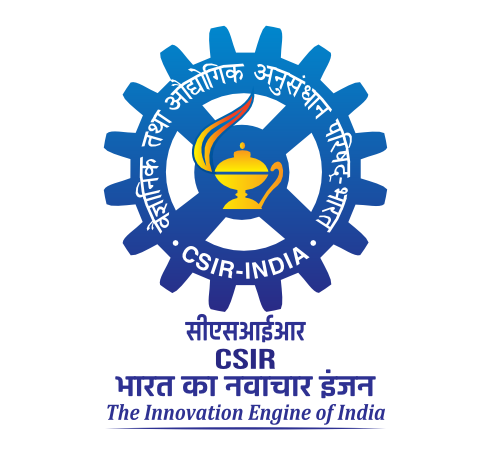Elucidation of the encapsulated triterpene glycosides of Gymnema sylvestre on GLUT4 expression and integrative in silico modeling of potential α-glucosidase inhibitors
Rashmi Shenoy, S. and Sinosh, Skariyachan and Savithri, Bhat and Harish Prashanth, K.V. and Kalavathi Murugan, Kumar and Haravey Krishnan, Manonmani and Pooja Suresh, Kumar and Vidya, Niranjan (2025) Elucidation of the encapsulated triterpene glycosides of Gymnema sylvestre on GLUT4 expression and integrative in silico modeling of potential α-glucosidase inhibitors. Journal of Molecular Liquids, 434. pp. 1-18.
|
PDF
1-s2.0-S0167732225012012-main.pdf - Published Version Restricted to Registered users only Download (13MB) | Request a copy |
Abstract
The present study aimed to elucidate the impact of encapsulated triterpene glycosides (TG) from Gymnema sylvestre on glucose transporter type 4 (GLUT-4) expression in 3T3L1 cells. The study also aimed to predict the probable molecular mechanism of effectual binding of TG to α-glucosidases by molecular docking, molecular dynamic (MD) simulation, and free energy calculation. This study revealed that the encapsulated TG formulation showed effective inhibition against yeast α-glucosidase and pancreatic α-amylase with IC50 values of 1.09 ± 0.38 and 0.84 ± 0.02 μg/mL, respectively. In comparison to the non-encapsulated active TG fraction, the encapsu- lated formulation was stable at high temperatures and an acidic pH of 2.0–3.5. The MTT assays indicated that the encapsulated formulation showed negligible toxicity at a concentration of 650 μg/mL. The increase in the glucose uptake by the 3T3L1 pre-adipocyte cells exposed to an encapsulated active fraction is probably due to the increased expression levels of GLUT-4. The structural and molecular basis of the probable inhibitory mechanisms of the major TG namely Gymnemic acid (GA) derivatives (GAI-X) revealed by molecular docking, MD simulation, and MMGBSA calculations suggested that all ten GA derivatives showed better effectual binding than the known drug Pioglitazone with its usual target. The complex showed stability throughout the simulation and the in- teractions were stabilized by several weak interactions with stable free energy landscapes. Thus, the study concluded that the active TG fraction and its encapsulated formulation can regulate glucose uptake in vitro conditions and can be used as a potential ingredient in dietary preparations. In addition, the in-silico model serves as the ideal prototype for developing novel TG derived α-glucosidase inhibitors.
| Item Type: | Article |
|---|---|
| Uncontrolled Keywords: | Triterpene glycosides, Gymnema sylvestre: GLUT-4, Аlpha Glucosidase, Molecular docking, In silico model |
| Subjects: | 500 Natural Sciences and Mathematics > 07 Life Sciences > 03 Biochemistry & Molecular Biology > 18 Phytochemistry 600 Technology > 03 Agriculture > 04 Medicinal Plants |
| Divisions: | Food Microbiology Food Protectants and Infestation Control Plant Cell Biotechnology |
| Depositing User: | Somashekar K S |
| Date Deposited: | 07 Oct 2025 06:56 |
| Last Modified: | 07 Oct 2025 06:56 |
| URI: | http://ir.cftri.res.in/id/eprint/19906 |
Actions (login required)
 |
View Item |

